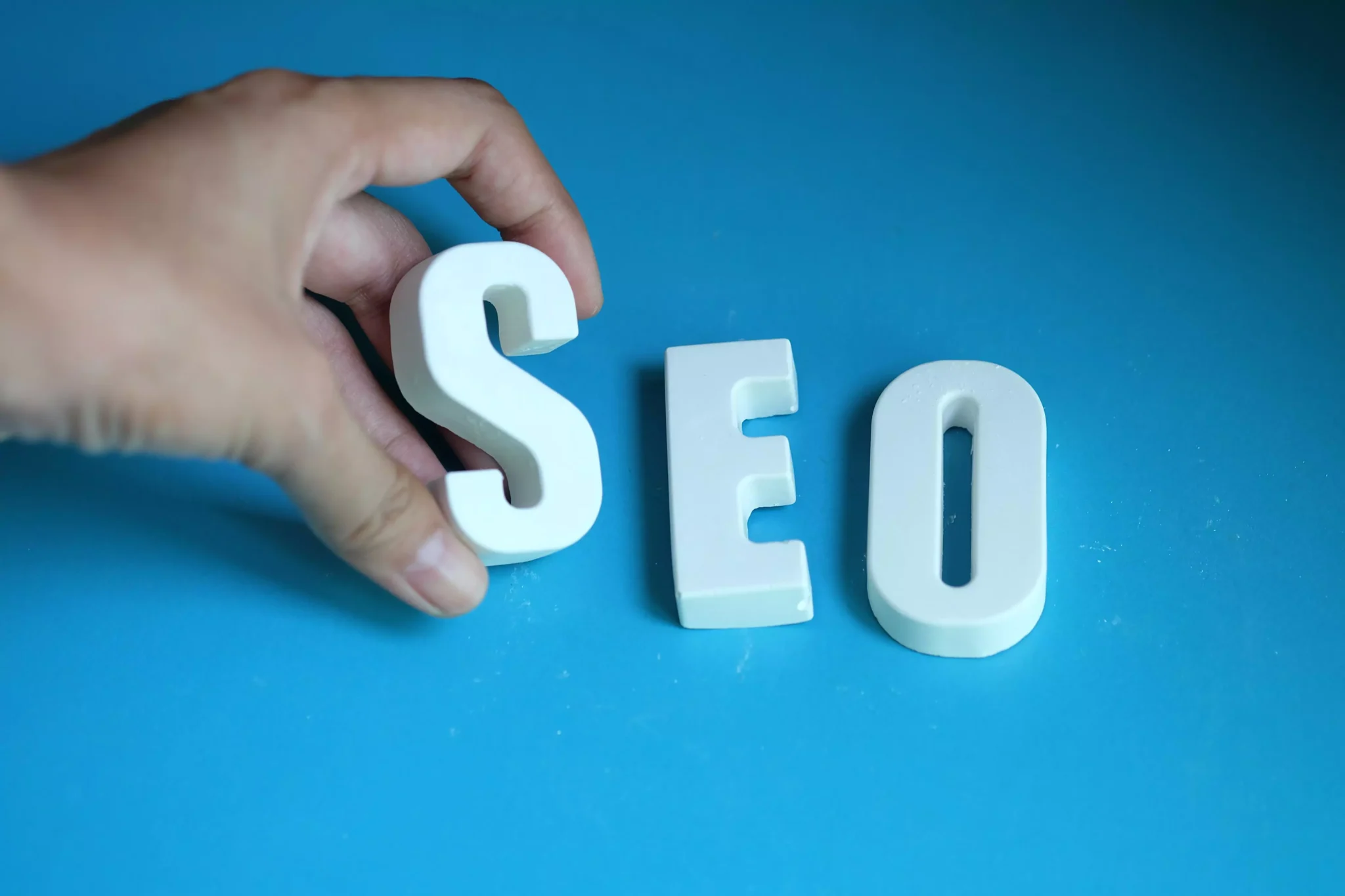
Common WordPress SEO Mistakes to Avoid
Have you ever wondered why your content isn’t getting the visibility it deserves? What possible common SEO mistakes are you making? Continue reading this blog to learn about the common WordPress SEO mistakes to prevent them from happening
Neglecting Internal linking And External Linking
One of the common SEO mistakes small businesses make is avoiding internal and external links within their content, which is an essential part of WordPress SEO.
Common SEO errors
Let’s discuss some of the most common errors that occur when creating internal links:
Random Placement
Links pop up from nowhere, making the site seem like a big mess. Ensure links are placed sensibly under relevant headings to guide visitors through your content.
Blunders in Anchor Text
Select keywords that complement the target page’s SEO objectives. Ensure the anchor language accurately conveys the purpose of the search, and avoid generic phrases.
Problems with Repetition
Variety and internal connectivity go hand in hand. Search engines may need clarification on whether the exact anchor text is used on several pages.
Fixing the Links
The following are some SEO mistakes that should be prevented to avoid related internal linking.
Link placement should be strategic
Place links beneath titles that make sense for the content. It’s similar to setting trail markers for your guests to find.
Clear anchor text
Select terms that convey the direction of the link. Make it simple for guests to understand what to anticipate.
Variety Is necessary
Use distinct links for various purposes. Make sure each link has a purpose and maintains the content’s interest.
Forget To Optimise Images
Images play a significant role in captivating audiences and conveying information. Neglecting to optimise images can lead to severe consequences and SEO issues. It can also impact your site’s performance and visibility in search engine results.
Let’s discuss why you must remember that optimising images is a mistake you can’t afford to make.
The Impact of Neglecting Optimisation
Unoptimised photos can have several adverse effects. First, search engines find indexing and ranking your photos more difficult when there is none for more informative alt text. This may result in lost chances for your images to appear in search results.
Large, poorly optimised photo files can also increase website loading time, raising bounce rates and lowering user satisfaction. Every second matters in the digital sphere, where relevance and speed are critical factors.
Expert Insights
Leading SEO experts emphasise the importance of image optimisation in maximising SEO potential and minimising SEO problems. Michał Suski, Chief Product Officer at Surfer, highlights the strategic value of incorporating keywords into alt text to enhance search engine visibility.
Best Practices
To ensure optimal image optimisation, maximise SEO potential, and avoid SEO mistakes, adhere to best practices
Write descriptive alt text that accurately reflects the content and context of each image.
Incorporate relevant keywords into alt text to improve search engine visibility.
Compress image files to reduce their size while maintaining visual quality.
Regularly audit and optimise images across your website to maintain peak performance.
Ignoring Broken Links
One of the common SEO problems that web developers commit to is ignoring broken links.
The Solution: Using the Broken Link Checker Plugin
The best solution for this one of the major search engine optimisation issues is the broken Link Checker plugin tool.
Overlooking XML Sitemaps
An XML sitemap is a blueprint of your website’s structure. It ensures that search engines do not overlook critical content and organises the most significant pages on your website into a list that makes indexing easier.
Implementing XML Sitemaps in WordPress:
Because of well-known plugins like Yoast SEO, implementing XML sitemaps for WordPress has become more accessible. You can ensure that search engines can navigate your site’s structure and enable XML sitemap capabilities with a few clicks.
Not Optimising Mobile Device
In 2016, Google made significant changes to its algorithm, prioritising mobile users. In other words, Google uses your website’s mobile version rather than its desktop version as the standard for indexing and ranking your WordPress website. Furthermore, more than half of all website traffic originates from mobile devices.
One of the significant mistakes small business owners make when using SEO is not optimising mobile devices.
Therefore, you must avoid making the crucial SEO error of not optimising the mobile experience on your website, which can completely wipe out your rankings.
Enhance Mobile Friendliness
You can do the following things to enhance the mobile-friendliness of a website:
- Ensure your pages are optimised for speed (as covered in the preceding section).
- Make use of AMP (accelerated mobile pages).
- Turn off interstitials and pop-ups on mobile devices.
Moreover, click on Smartphone under Crawl → Crawl Errors in GSC. On smartphones, there is a table and graph that indicate whether there are any crawl mistakes. Make the necessary repairs immediately.
Conclusion
In conclusion, avoiding common SEO mistakes is critical to making your WordPress website visible and successful. You can ensure your site stands out online by avoiding these errors and following good practices. From fixing broken links to choosing the right keywords, every step you take helps your website do better in search results.
By avoiding these common WordPress SEO mistakes and staying informed about emerging trends and best practices, you can position your website for long-term success and maximise its potential to attract organic traffic and engage visitors effectively.



